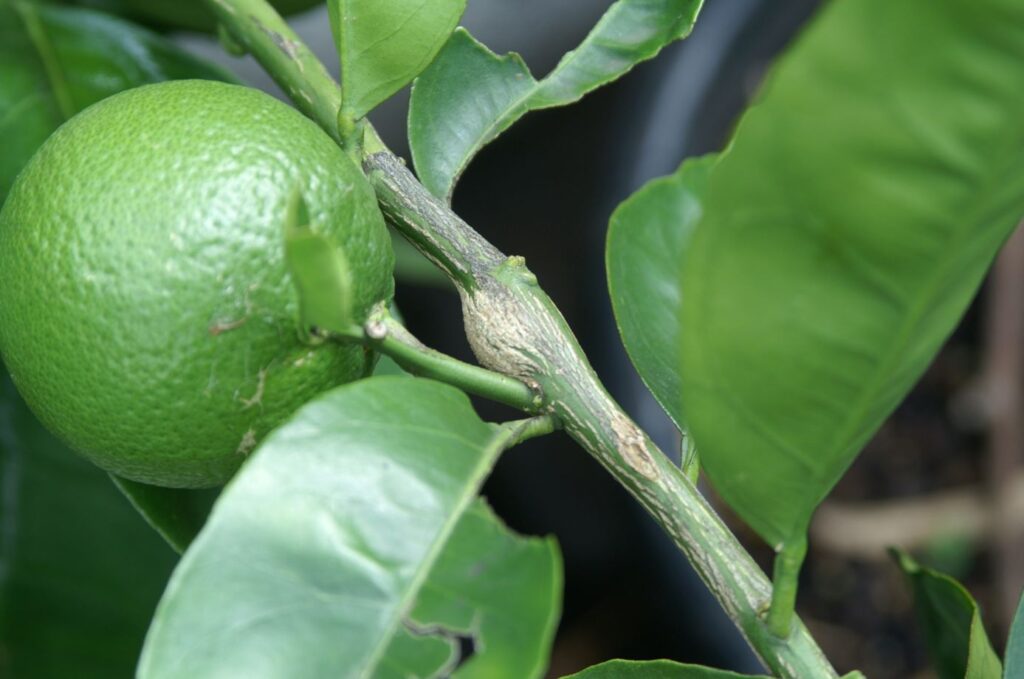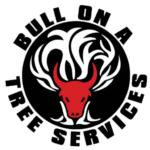My lemon tree appears unhealthy, with strange galls on its branches and producing fewer, lower-quality fruits. This is a common issue reported by our customers regarding their citrus trees, particularly lemon trees, and these cases are not isolated.
If the tree looks like that, it may be suffering from Gall wasp disease. The best thing you can do for your lemon tree is to entrust it to our experts.

What are Gall wasps?
Gall wasps, also known as cynipid wasps, are tiny insects that cause abnormal growths, or galls, on trees, including lemon trees. These galls form when the wasps lay their eggs in the tree’s tissues, leading to unsightly and sometimes harmful growths.
In Australia, gall wasps most commonly affect citrus trees, particularly lemons, grapefruits, and oranges. The natural host of the citrus gall wasp is the Australian finger lime, but it has adapted to other citrus varieties. Among cultivated citrus, grapefruit is the most susceptible, followed by lemons and oranges.
How to identify Gall Wasps?
Gall wasps are small, typically dark brown or black, and measure between one-eighth and one-quarter of an inch in length. The galls they produce can vary in appearance, from spongy and round to hard and woody, depending on the wasp species.
What is the impact on your Lemon Tree?
Although galls usually do not kill lemon trees, they can create substantial stress, decreasing the tree’s general health and strength. In extreme instances, galls can distort branches and leaves, making the tree more vulnerable to other pests and diseases.
What are your options for treatment and prevention?
- Natural predators: there are natural predators of gall wasps in Australia (two parasitic wasps, Megastigmus brevivalvus and Megastigmus trisulcus, are known to target gall wasps), but relying on their presence is very uncertain.
- Chemical Treatments: Insecticides can be used but are often less effective due to the protective nature of the galls. Bull On and Tree Services strongly recommend pruning the affected tree to reduce the chance of the wasps returning.
- Pruning: The most effective way to manage gall wasps is to prune and destroy infested branches before the larvae hatch.
How will the experts at Bull On a Tree Services treat your lemon tree?
When we prune lemon trees, we always make clean cuts to avoid damaging the tree. We remove any dead or diseased wood first, then focus on shaping the tree and removing any branches that cross or rub against each other. The affected branch is cut below the gall, but ideally just above the bud, so that the tree is not stunted in growth.
Regular pruning not only helps manage pests but also promotes healthy growth and improves the tree’s overall structure.
By understanding gall wasps and using effective strategies, you can help ensure the health and productivity of your lemon trees in the Australian environment.

